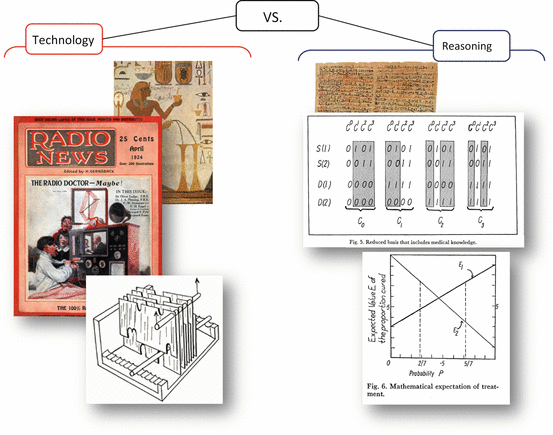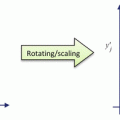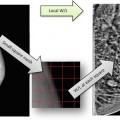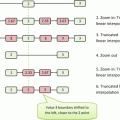(1)
MGH Department of Radiology, Harvard Medical School, Newton, MA, USA
Abstract
When I was a math student, I was positively certain that all “history of mathematics” books were written by losers incapable of making real math breakthroughs. I was young and ignorant back then, but at least one of these vices was cured by time.
I think, therefore I am
Descartes, Principles of Philosophy
I am. I am, I exist, I think, therefore I am; I am because I think, why do I think? I don’t want to think anymore, I am because I think that I don’t want to be, I think that I … because … ugh!
Jean-Paul Sartre, Nausea
When I was a math student, I was positively certain that all “history of mathematics” books were written by losers incapable of making real math breakthroughs. I was young and ignorant back then, but at least one of these vices was cured by time.
Then recently I was asked to teach MI to math students, and I realized how many things I’ve taken for granted, without even thinking about their meaning and roots. Teaching MI to a medical audience is easy: anything “medical” puts them at ease right away. But once you go outside this box, you’ll be surprised, and you’ll be challenged.
Anticipating this challenge before beginning with my new audience, I sat down and tried to understand—for the first time—the origins of MI. It was worth the time. The “early MI” stories, covered with the patina of folklore, proved to be incredibly captivating. The most open-minded historians traced MI back to the first punch-cards, automobiles, telegraph, telephone, radio—virtually any technology that advanced human productivity (Fig. 1.1). Looking at this bottomless history, at some point I thought that I shouldn’t be surprised to discover that Ramses or Alexander the Great ran their own MI shops; just like “computers” used to be human, “tablets” used to be clay (Birchette 1973). Ironically, my suspicion turned out to be right: the real Imhotep (twenty-seventh century BC), despite his distorted pop-culture image, was known as the earliest physician and engineer (Anon. n.d.).


Fig. 1.1
Early origins of MI: technology (radio, punch cards) vs, reasoning (Edwin Smith papyrus attributed to Imhotep, Ledley’s mathematical reasoning in medicine)
In short, MI proved to be a fairly ancient science, but its aging wrought a peculiar problem. Somehow, as the time was flying by, it became increasingly fashionable to define MI through this popular technology. That is, the ubiquitous technology used anywhere else. All of a sudden, radios and punch-cards started to take over, eclipsing something je-ne-sais-quoi, very subtle yet fundamentally imperative.
So what have we fallen into missing? Ledley’s work (Ledley and Lusted 1959) is definitely the best place to start looking for answers. Published in 1959—the era when “computer” meant a set of wooden pegs to sort punch-cards —the paper introduced an entirely different MI definition: it’s not about the tools, it’s about thinking. Being a physician, Ledley observed that our clinical reasoning can be translated into formal logical terms; diagnostic reasoning is mathematical. 1 And if that is the case, math and technology integrate naturally with clinical work provided that




Stay updated, free articles. Join our Telegram channel

Full access? Get Clinical Tree








